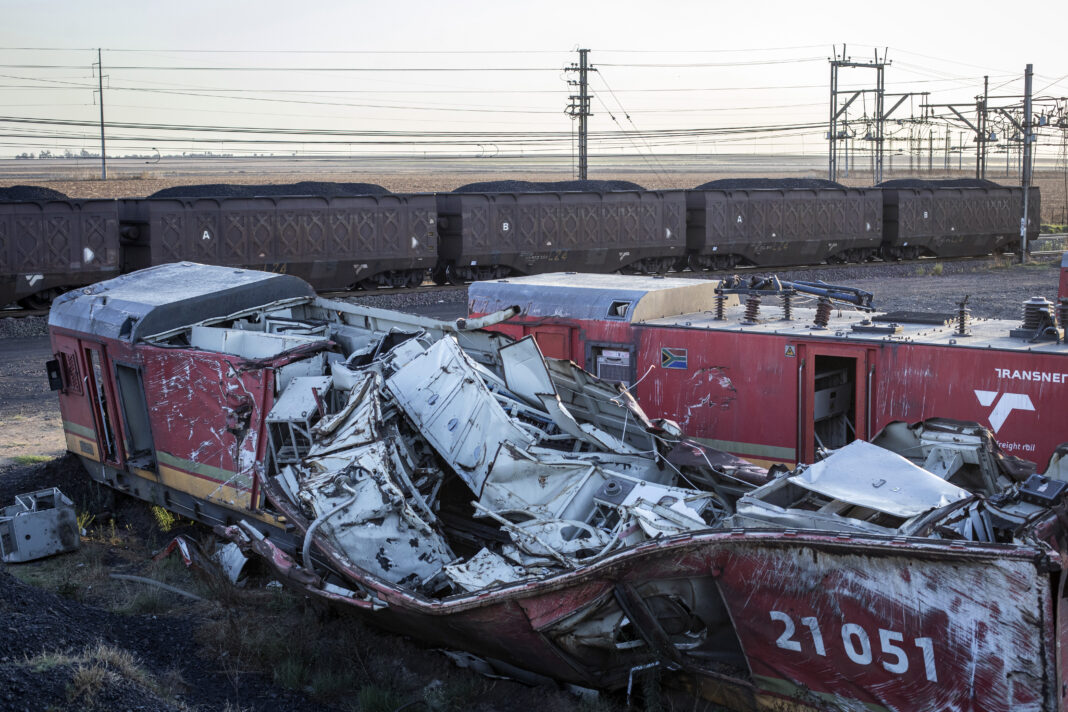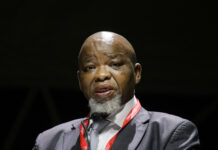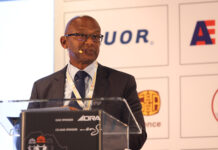
South Africa is literally collapsing under the burden of road freight. Massive trucks barrelling along major highways are exacting an ever-rising toll in fatal accidents, potholed roads, traffic congestion and higher prices for retail goods.
A large proportion of those trucks are carrying bulk minerals such as coal, manganese and chrome, which can be railed from mine to port far faster and cheaper. For example, it costs about R800 per ton to truck coal from Witbank to Richards Bay against about R250/t to rail it.
Without functioning rail, not only are costs higher, but miners cannot mine and export as much as their operations are capable of producing. According to the Minerals Council SA (MCSA), between 2021 and 2023, SA lost out on an estimated R98bn in coal and iron-ore exports, owing to freight and logistical constraints.
That’s why miners are looking anxiously at Transnet’s deteriorating infrastructure and balance sheet. It will cost an estimated R51bn just to fix and maintain Transnet’s current rail network. That figure rises to R71bn if signalling and other associated infrastructure is to be addressed. But currently Transnet spends about R13bn a year just on servicing its debt of almost R140bn – more than R90bn of which matures in the next five years.
“We think that a fundamental problem is the state of Transnet’s balance sheet,” Minerals Council chief economist Hugo Pienaar said. “Government has given guarantees, but it cannot finance the necessary capital investment to improve the quality of rail infrastructure. That is fundamental.
“Private sector participation (PSP) is good, and needs to be done to increase competition in logistics, but you cannot run private sector wagons or increase volumes on inferior infrastructure. What’s needed is a proper capital injection into Transnet, perhaps by selling off assets or an injection from government.”
Minister of Transport Barbara Creecy has set Transnet a target of railing a total of 250 million tons (both minerals and general freight) by 2030. In 2024/5 Transnet carried 160mt, which was better than the 152mt in 2023/4 but still below the 170mt target. In 2025/6, Transnet is aiming for 180mt, down from its previous target of 193mt.
In coal, Transnet railed 54.1mt to Richards Bay Coal Terminal in 2024/5, which was significantly below the 65mt target. For 2025/6, the target is 62.2mt, according to Andrew Shaw, Transnet’s chief strategy and planning officer. That may be difficult, given four derailments – which are largely related to lack of maintenance – in April and May, but he is confident Transnet can make up the volumes. He said there were solid plans to address maintenance: performance after shutdowns to focus on the weakest parts of the line has improved. A maintenance shutdown had been scheduled for July 2025.
In iron ore, Transnet carried 54.8mt in 2024/5, almost 8% below its 60.5mt target. Shaw said 30% of the lost tonnages were due to derailments, locomotive failures, challenges at the Saldanha terminal and heavy rainfall. Unfortunately, the number of security incidents on that line has increased, even as they have lessened elsewhere on the network. For 2025/6, the target is 57mt.
“There is no doubt that Transnet is making progress, but it is relatively slow,” Pienaar said.
Government’s longer-term plan to fix Transnet is based on a major restructuring of the entity and the introduction of the private sector, both in financing and operating certain sections of the network. The Department of Transport (DoT) earlier this year issued requests for information (RFIs) on planned PSPs in three main blocks: from the Northern Cape to Coega or Saldanha for iron ore and manganese; from Mpumalanga to Richards Bay for coal, ferrochrome and magnetite; and from Gauteng to Durban (but also including the rest of the general freight parts of the network) for automotive, agriculture, processed steel, granite, etc.
Independently, Transnet has already been working on a PSP to bring some of the older rolling stock back into operation and lease it out for third-party access, as well as other rail and port initiatives, which the DoT has asked it to put on hold until the RFI process is concluded, Shaw said. These other PSPs include the container corridor as well as the port and rail manganese corridor from Hotazel to the Port of Ngqura, and the Richards Bay dry bulk terminal, where Transnet intends to double volumes through semi-automation and expansion.
“Once the RFI process is concluded, we may well be asked to continue with them,” he said.
Private sector participation is good, and needs to be done to increase competition in logistics, but you cannot run private sector wagons or increase volumes on inferior infrastructure
Hugo Pienaar, economist
The RFI posed about 30 questions, which drew some interesting responses, said Shaw. For example, the private sector was asked to comment on market appetite and readiness; their view of the assets available; their willingness to invest; the regulatory, operational and commercial environment they would require and what changes they would like to see in order to invest; and where the biggest need for investment in the infrastructure lies. They were also asked to do a SWOT (strengths/weaknesses/opportunities/threats) analysis of Transnet’s current operations.
There were about 160 formal responses, with 51 in relation to the iron ore/manganese corridor, 48 for the coal/chrome corridor and 63 for the intermodal corridor. The PSP office, which is under the jurisdiction of the DoT, expects to issue requests for proposals (RFPs) in August, the minister has said.
“It is great to bring in the competition and it gives the miners the opportunity to do more, but that will only happen if there is investment in the infrastructure,” commented Pienaar.
To achieve a truly open and competitive bidding process, it would take about two years from the point that the RFPs were issued to signing agreements, Shaw said. So the private sector was asked about its willingness to provide funding in the short term, perhaps as a collaboration or conditional on certain outcomes, or to initiate investments on the network with some guarantee of return. Some of the banks could be interested in this form of bridging funding opportunity.
RISING DEBT
In the shorter term, while the RFP process is under way, Transnet has applied for funding under the Budget Facility for Infrastructure (BFI), a National Treasury initiative that allows various departments to apply for infrastructure funding, often linked to private sector participation. Transnet has applied for R16.3bn of BFI funds for rehabilitating the coal and iron ore lines, as well as the container corridor, the Durban container terminal berth deepening and a liquid bulk facility at Coega.
Transnet’s rising debt burden is partly due to the fact that, as volumes have declined, operating expenses have grown faster than revenue.
Asked about cutting operating costs, Shaw said: “From a strategy standpoint, our first focus is to get funding for rehabilitation and sustaining investment. The second is to fix and optimise the business. We cut operating spending by around 5% last year and are hoping to achieve a similar saving this year.
“In the past two months, we embarked on more focused cost cutting, across areas where we can cut spending without affecting volumes. Thirdly, we are revising our spending on procurement, so we are re-examining contracts and negotiating with service providers for better rates. That process is under way.”



